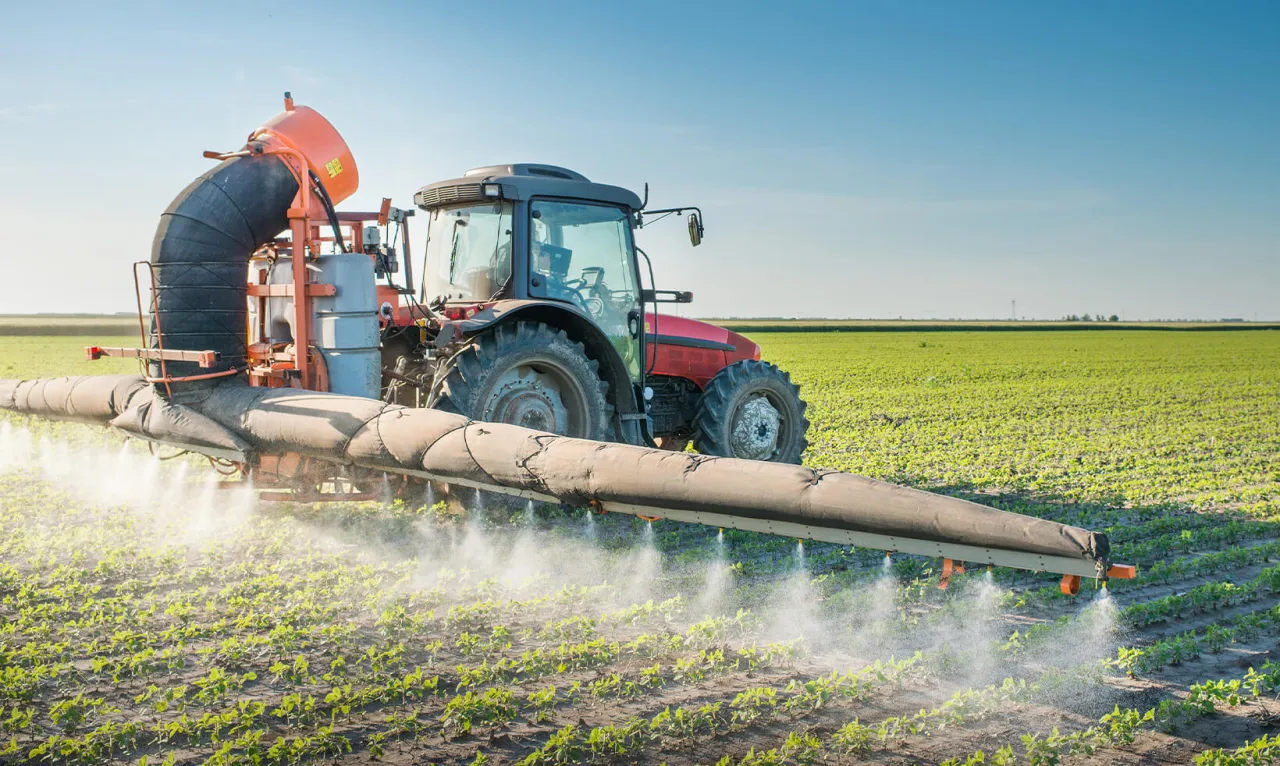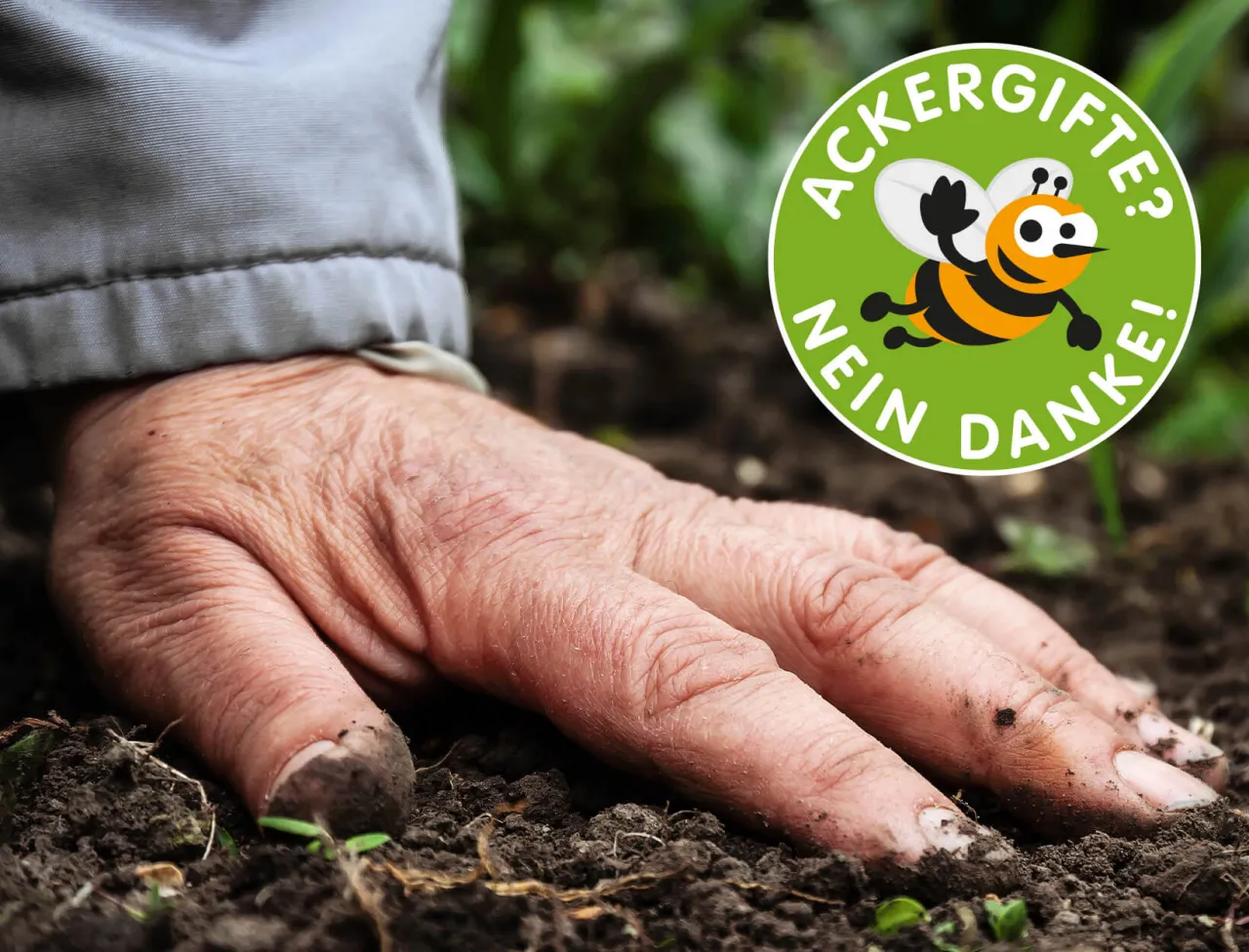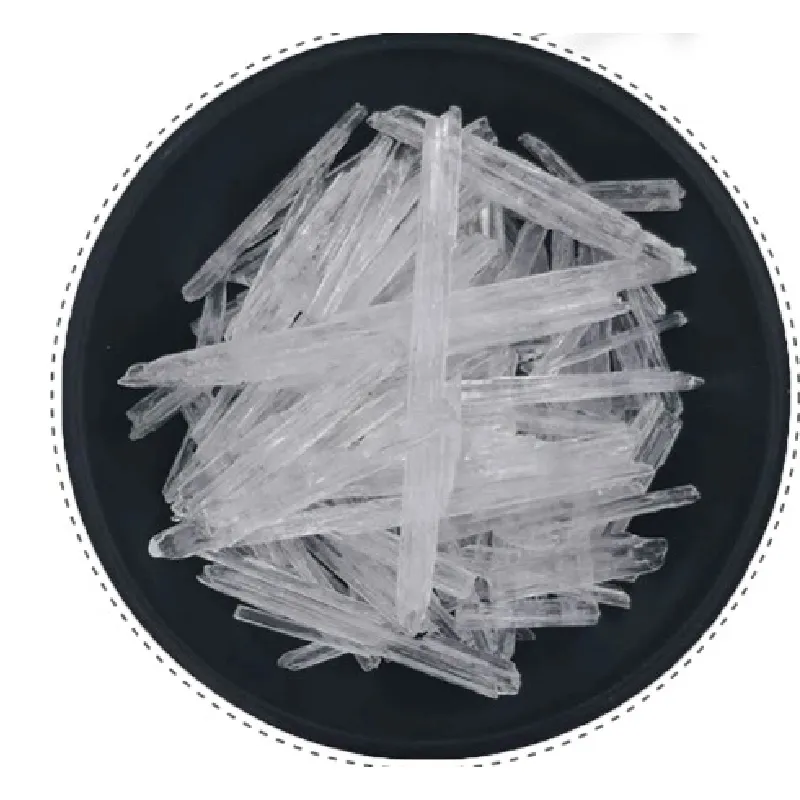Warning: Undefined array key "title" in /home/www/wwwroot/HTML/www.exportstart.com/wp-content/themes/1198/header.php on line 6
Warning: Undefined array key "file" in /home/www/wwwroot/HTML/www.exportstart.com/wp-content/themes/1198/header.php on line 7
Warning: Undefined array key "title" in /home/www/wwwroot/HTML/www.exportstart.com/wp-content/themes/1198/header.php on line 7
Warning: Undefined array key "title" in /home/www/wwwroot/HTML/www.exportstart.com/wp-content/themes/1198/header.php on line 7
- Afrikaans
- Albanian
- Amharic
- Arabic
- Armenian
- Azerbaijani
- Basque
- Belarusian
- Bengali
- Bosnian
- Bulgarian
- Catalan
- Cebuano
- China
- China (Taiwan)
- Corsican
- Croatian
- Czech
- Danish
- Dutch
- English
- Esperanto
- Estonian
- Finnish
- French
- Frisian
- Galician
- Georgian
- German
- Greek
- Gujarati
- Haitian Creole
- hausa
- hawaiian
- Hebrew
- Hindi
- Miao
- Hungarian
- Icelandic
- igbo
- Indonesian
- irish
- Italian
- Japanese
- Javanese
- Kannada
- kazakh
- Khmer
- Rwandese
- Korean
- Kurdish
- Kyrgyz
- Lao
- Latin
- Latvian
- Lithuanian
- Luxembourgish
- Macedonian
- Malgashi
- Malay
- Malayalam
- Maltese
- Maori
- Marathi
- Mongolian
- Myanmar
- Nepali
- Norwegian
- Norwegian
- Occitan
- Pashto
- Persian
- Polish
- Portuguese
- Punjabi
- Romanian
- Russian
- Samoan
- Scottish Gaelic
- Serbian
- Sesotho
- Shona
- Sindhi
- Sinhala
- Slovak
- Slovenian
- Somali
- Spanish
- Sundanese
- Swahili
- Swedish
- Tagalog
- Tajik
- Tamil
- Tatar
- Telugu
- Thai
- Turkish
- Turkmen
- Ukrainian
- Urdu
- Uighur
- Uzbek
- Vietnamese
- Welsh
- Bantu
- Yiddish
- Yoruba
- Zulu
ਜੁਲਾਈ . 05, 2024 11:24 Back to list
Nurturing the soil with organic raw materials
Nurturing the soil with organic raw materials

A natural field, where a wide variety of plants can grow and thrive without being bothered, has no place in conventional farming. Instead, industrial agricultural relies on monocultures, which use slurry, pesticides, herbicides, fungicides and mineral fertilisers to increase the harvest.
LABSA 96%
Using these agricultural poisons destroys the life in the soil, endangers the diversity of species and leaves residues in our food. These poisons are killing off our bees, a fact that has gained sad notoriety. The lack of biodiversity in conventional farming causes many insects to lose their homes, even though these same insects could have served as a natural way to control pests. Worst case scenario: Entire natural landscapes may be destroyed.

Our clean response:
Certified organic cultivation – the trinity for maintaining the natural equilibrium. Organic farming strives to follow the ideal for the natural cycle when cultivating crops. It adheres to natural crop rotations and avoids the use of chemical pesticides and fertilisers. In this way, organic farming prepares the fertile soil in which our clean future can grow
That is why uses as many certified organic raw materials as possible, such as olive oil, sunflower oil, coconut oil and essential oils. Approximately 50% of our raw materials currently come from certified organic sources. And we are constantly working on increasing this number.
We are actively involved in the Alliance for Our Grandchildren’s Future (Bündnis für eine enkeltaugliche Landwirtschaft), where we are working towards an ecological turnaround in agriculture so that future generations can also enjoy unpolluted food.
Latest news
-
Certifications for Vegetarian and Xanthan Gum Vegetarian
NewsJun.17,2025
-
Sustainability Trends Reshaping the SLES N70 Market
NewsJun.17,2025
-
Propylene Glycol Use in Vaccines: Balancing Function and Perception
NewsJun.17,2025
-
Petroleum Jelly in Skincare: Balancing Benefits and Backlash
NewsJun.17,2025
-
Energy Price Volatility and Ripple Effect on Caprolactam Markets
NewsJun.17,2025
-
Spectroscopic Techniques for Adipic Acid Molecular Weight
NewsJun.17,2025


